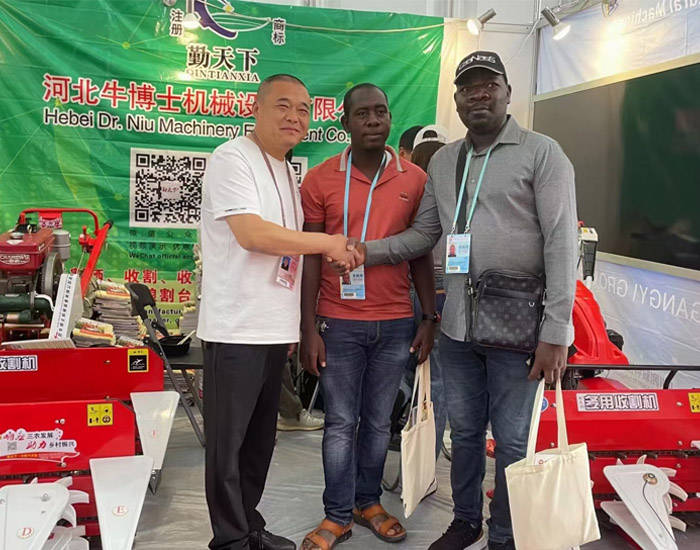wheat combine harvester
The Evolution and Importance of Wheat Combine Harvesters
Wheat production is a crucial part of global agriculture, providing sustenance for billions of people and serving as a staple food in many diets. As the demand for wheat continues to rise due to population growth and changing dietary preferences, the efficiency of harvesting technologies has become increasingly significant. One of the most important advancements in this field is the wheat combine harvester, a machine that revolutionizes the way wheat is harvested.
A combine harvester is a multifunctional agricultural machine designed to efficiently harvest grains such as wheat, barley, and oats. The term combine indicates its ability to perform multiple tasks in one operation cutting, threshing, and cleaning the grain. Traditionally, these tasks were carried out by separate machines or labor-intensive manual processes, which could be time-consuming and less efficient. With the introduction of the combine harvester, farmers can significantly reduce the amount of time and labor required to gather their wheat crop.
The origins of the combine harvester date back to the late 19th century, with early versions being powered by horse-drawn mechanisms. However, significant advancements were made in the early 20th century with the introduction of gasoline and later diesel engines. This evolution allowed for larger, more powerful machines capable of handling increased volumes of grain. Today’s modern wheat combine harvesters are equipped with advanced technologies such as GPS, automated controls, and precision farming software, greatly enhancing their efficiency and effectiveness.
One of the primary benefits of using a combine harvester is its ability to reduce harvest time. In many regions, wheat has a narrow window for harvest, typically dictated by weather conditions. Late harvesting can lead to reduced grain quality and yield losses. The speed and efficiency of a combine harvester allow farmers to quickly harvest large fields, minimizing the risk of weather-related damages. This capability is particularly crucial during years when weather conditions are unpredictable.
wheat combine harvester

Additionally, the modern combine harvester enhances grain quality and reduces waste. The threshing process separates the grain from the chaff, and advancements in technology improve the precision of this process, resulting in higher-quality wheat. Furthermore, many combine harvesters are designed to minimize grain loss during harvesting, which can be a significant concern for farmers aiming to maximize their yield.
The economic impact of combine harvesters should not be overlooked. By increasing efficiency and reducing labor costs, these machines allow farmers to operate on a larger scale. This scalability is essential in today’s agricultural landscape, where economies of scale can greatly influence profitability. In regions where labor shortages are common, the use of combine harvesters can also help maintain production levels.
However, the reliance on mechanization also raises important questions about sustainability and the future of farming. The environmental impact of large-scale agriculture, including soil degradation and the carbon footprint of heavy machinery, is a growing concern. As a result, there is a push toward developing more sustainable harvesting practices and equipment. Innovations such as alternative energy sources for combine harvesters, as well as practices that promote soil health, are increasingly being explored.
In conclusion, the wheat combine harvester is an essential tool in modern agriculture, significantly impacting the efficiency and effectiveness of wheat production. Its evolution from simple machinery to high-tech equipment reflects broader trends in agricultural innovation. While the benefits it provides are clear, the ongoing challenge will be to balance efficiency with sustainability, ensuring that wheat production can meet the needs of a growing global population while preserving the health of our ecosystems. As technology continues to advance, the future of wheat harvesting will undoubtedly involve further innovations that aim to meet these challenges head-on.
Latest news
-
When to Upgrade Your Old Forage HarvesterNewsJun.05,2025
-
One Forage Harvester for All Your NeedsNewsJun.05,2025
-
Mastering the Grass Reaper MachineNewsJun.05,2025
-
How Small Farms Make Full Use of Wheat ReaperNewsJun.05,2025
-
Harvesting Wheat the Easy Way: Use a Mini Tractor ReaperNewsJun.05,2025
-
Growing Demand for the Mini Tractor Reaper in AsiaNewsJun.05,2025







